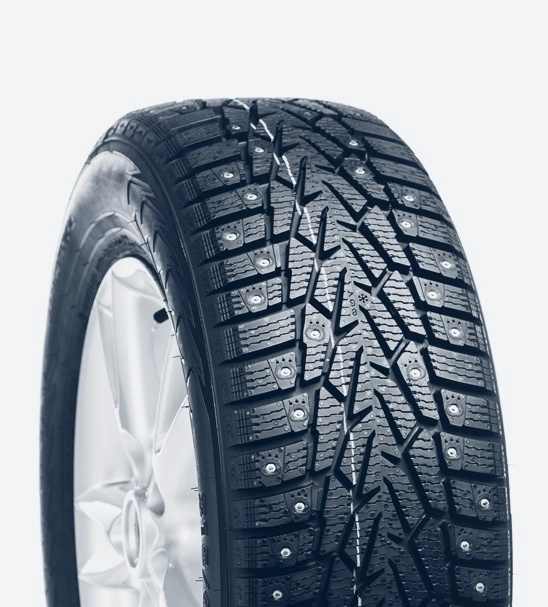VW T4 Crankshaft Oil Seal Installation and Maintenance Guide for Optimal Performance
Understanding the VW T4 Crankshaft Oil Seal Importance and Replacement
The Volkswagen T4, a popular multi-purpose vehicle produced between 1990 and 2003, is well-regarded for its reliability and practicality. Among its many components, the crankshaft oil seal plays a crucial role in maintaining the vehicle's engine integrity. This article will explore the significance of the crankshaft oil seal, symptoms of failure, and the replacement process, ensuring that VW T4 owners are well-informed about this vital part.
What is the Crankshaft Oil Seal?
The crankshaft oil seal is a vital component found at the front and rear of the crankshaft. Its primary function is to prevent engine oil from leaking out while keeping dirt and other contaminants from entering the engine. This seal is made of durable rubber or silicone and is designed to withstand high temperatures and pressures within the engine environment. A properly functioning crankshaft oil seal contributes not only to the longevity of the engine but also to optimal performance and fuel efficiency.
Symptoms of Crankshaft Oil Seal Failure
Over time, the crankshaft oil seal may wear out due to exposure to heat and engine vibrations. Recognizing the symptoms of failure is crucial for maintaining your VW T4. Common signs include
1. Oil Leaks The most noticeable sign is the presence of oil stains underneath the vehicle. This is often linked to a failing crankshaft oil seal, necessitating immediate attention to prevent further damage.
2. Oil Pressure Fluctuations A damaged seal can cause fluctuations in oil pressure, which may lead to erratic engine performance and, potentially, severe engine damage.
3. Increased Engine Noise If you notice a significant change in the engine's noise level, it could indicate that the oil is not adequately lubricating the moving parts due to a compromised seal.
vw t4 crankshaft oil seal

Replacing the Crankshaft Oil Seal
If you determine that your VW T4’s crankshaft oil seal is faulty, replacement is often necessary. Here's a brief overview of the process
1. Preparation Begin by disconnecting the battery and carefully removing any components obstructing access to the crankshaft seal, such as the engine cover, belts, and possibly the timing belt.
2. Removing the Old Seal Using a seal puller, carefully extract the old crankshaft seal. Be cautious not to damage surrounding components during this process.
3. Cleaning the Area Once the old seal is removed, thoroughly clean the seal housing to ensure a proper fit for the new seal.
4. Installing the New Seal Lubricate the new seal's lip with engine oil and gently press it into place, ensuring it sits evenly without any twisting.
5. Reassembling After the new seal is in place, reassemble the components in the reverse order of removal. Reconnect the battery and perform a final check for leaks.
Conclusion
The crankshaft oil seal in your VW T4 plays a pivotal role in engine performance and longevity. Regular maintenance checks can help identify potential issues before they escalate, ensuring your vehicle remains reliable for years to come. If you notice symptoms of a failing seal, prompt action is essential to avoid costly repairs. Understanding the importance of the crankshaft oil seal empowers VW T4 owners to take proactive steps in vehicle maintenance, enhancing both performance and safety.
-
Simplifying Oil Changes: A Comprehensive Guide to Oil Drain Plugs and Their Variants
News Aug.04,2025
-
Mastering Oil Drain Maintenance: Solutions for Stripped, Worn, and Upgraded Oil Plugs
News Aug.04,2025
-
Fixing Oil Pan Plug Issues: Leaks, Stripped Nuts, and the Right Replacement Solutions
News Aug.04,2025
-
Everything You Need to Know About Oil Drain Plugs: Sizes, Fixes, and Upgrades
News Aug.04,2025
-
Choosing the Right Oil Drain Plug: A Guide to Sizes, Materials, and Drain Innovations
News Aug.04,2025
-
A Complete Guide to Automotive Drain Plugs: Types, Problems, and Innovative Solutions
News Aug.04,2025
-
The Ultimate Guide to Car Repair Kits: Tools and Essentials Every Driver Should Own
News Aug.01,2025
Products categories















